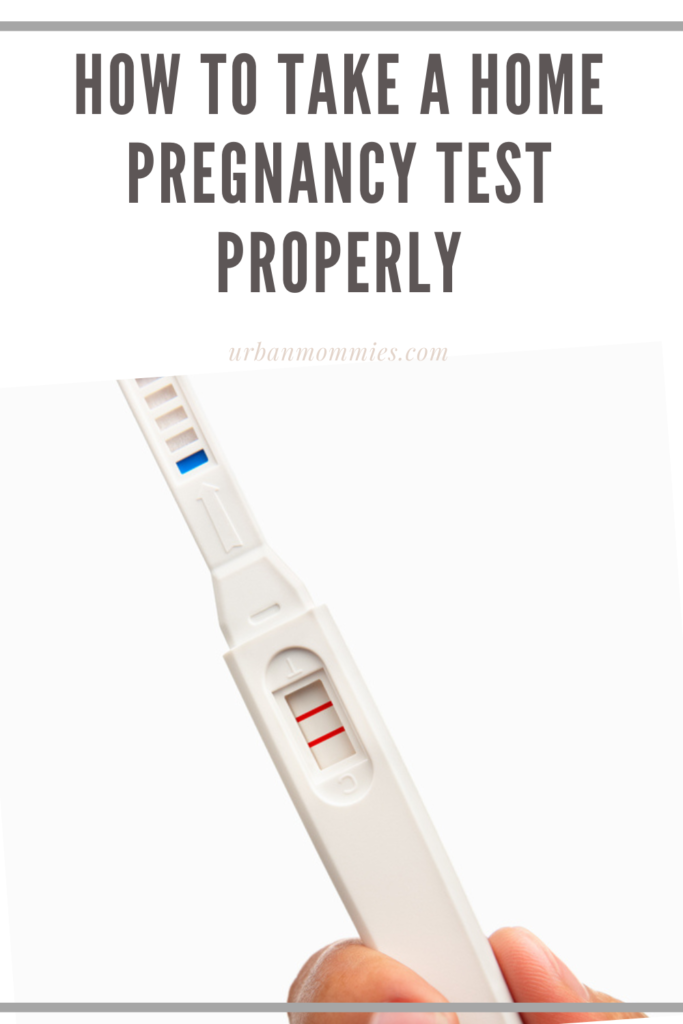If you’re trying to get pregnant, or think you might be pregnant, taking a home pregnancy test is essential. Did you know there are wrong and right ways to do so? Here’s how to take a home pregnancy test.
1. Know when to take it. Although some home tests promise to detect pregnancy as early as a week before your period is supposed to start, doctors say otherwise. Home pregnancy tests work by detecting how much human chorionic gonadotropin (hCG) is in your urine. This hormone is only released by your body during pregnancy, and the majority of home tests aren’t sensitive enough to detect it in measurable quantities until the first week after your missed period. Wait at least one day after the first day of your missed period to test, to avoid wasting money.
2. Don’t assume. Home pregnancy tests can also pick up on what is called a “chemical pregnancy,” which is when an egg was fertilized, spurring the release of hCG, but the pregnancy doesn’t take (it’s estimated that about 50% of pregnancies actually end in an early miscarriage, with the woman being unaware that she’d been pregnant at all). If you get a positive result, wait a week and take it again, or get a blood test.
3. Do it early (in the morning). The best time to detect pregnancy with a home test is first thing in the morning. Take the test the first time you go to the bathroom, when hCG concentrations in your urine are higher.
4. Follow the instructions properly. Tests vary in how you have to take them: some say to urinate on the stick and then place it on a horizontal surface, others instruct you to place the test in a cup of urine. Make sure to follow the instructions to the letter, to improve your chances of a positive early result.
5. Walk away Those minutes during which the test has to develop can seem like an eternity. Don’t swell on it; walk away and do something else to take your mind off the waiting game.
6. Check the expiration date. Yes, pregnancy tests have expiration dates! Make sure yours aren’t over the date or old, because expired or old tests can give wrong results.
7. Faint results. Sometimes you’ll get a faint result to the test (the pink or blue symbol may not be as dark as you think it should be, or something like that). Since true false positives are rare, it’s most likely you’re pregnant. Again, though, it’s best to wait another several days and test again, or have a blood test.
If you get a positive result, congrats! Now, get in touch with your doctor or midwife to arrange your prenatal care, start taking your prenatal vitamins with folic acid, and think of a good way to break the news! If it’s negative, wait another week and test again! Here are some very early pregnancy signs and symptoms.
Pin it!





My period usually comes around the first week of the month and last month in may when it was time for my period all I got was some brown discharge when i wiped for a few days and never got my period I took a couple tests that came back negative but I been having all the symptoms well I been having cramps and a little pain I’ve been nauseated but I haven’t threw up my boobs feel tender and I have had acid reflux heartburn like crazy and my body’s been really warm and I cannot stay awake for nothing I am steady dozing off all day and sleeping all night and I feel bloated and I been having little flutters in my side here and there and it’s already the 10th of June but I haven’t taken a test this month yet and I haven’t spotted or nothing this month yet do u think I might of taken the test to soon can someone help me please thanks
[…] Signs of Implantation – When Some Say Pregnancy Begins Very Early Pregnancy Signs + Symptoms How to Take a Home Pregnancy Test […]
[…] Adoption in the Workplace What is Safe During Pregnancy? How to Take a Home Pregnancy Test […]